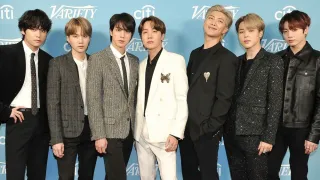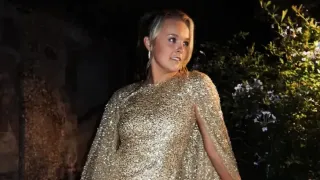
September 1, 2025
We Can’t Take Our Eyes Off Brazilian Bodybuilder Nicolas Lima’s Thighs
Andrea Marks Joseph READ TIME: 13 MIN.
We can’t take our eyes off Brazilian bodybuilder Nicolas Lima’s thighs! Whether he’s in the gym or in Paris, he knows what to wear and how to pose so that his magnificent muscles and passion for barely-there clothing are maximized for full thirst.
With the bodybuilder wearing nothing but this tight, tiny red underwear, breakfast has never looked so good!
The way he keeps rolling his speedo lower down to reveal more of his booty… Exactly. Thank you for your service, Mr Lima.
There’s no way we’d get any workouts in if we shared a gym with Nicolas Lima! We can’t take our eyes off him.
A moment of thirsty silence for Lima doing this video demonstration of his glute workout!
Lima hits all the angles as he poses on this bike, making sure the sunshine highlights his gorgeous muscular curves before sitting up for a cycle.
The Eiffel Tower wishes she could draw attention the way Lima’s thighs are inspiring monumental levels of thirst.






